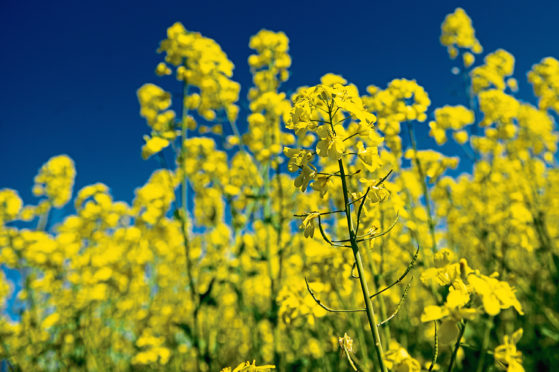Trap crops and soil conditions during sowing and early establishment could be key to controlling cabbage stem flea beetle (CSFB) in oilseed rape, according to AHDB.
The levy body said a review of evidence and new trial work has revealed the factors most likely to influence CSFB pressure in winter oilseed rape.
The work, led by agricultural consultancy Adas, identified 31 factors which could impact the presence of the beetle in the crops.
The researchers used a traffic light system to indicate the factors most likely to affect beetle control and only two received a green light – trap crops and soil conditions during sowing and early establishment.
AHDB said oilseed rape volunteers can act as a trap crop and leaving volunteer rape in an adjacent field encourages the beetles to stick around and not move to neighbouring fields of new rape crops.
Trials found this form of trap crop reduced adult beetle infestation by up to 88% and damage by up to 76%.
However, AHDB said the benefits were variable and large areas of adjacent trap crops were most likely to deliver benefits.
The trials found sowing dates and soil conditions, especially moisture during emergence, were critical to controlling CSFB; if the crop has yet to emerge or is emerging when CSFB arrives it is highly likely to result in crop damage or death.
“As no non-chemical approach is completely reliable, a combination of the most reliable is needed to deliver multiple hammer blows and suppress CSFB populations,” said Charlotte Rowley, who manages pest research at AHDB.
“This work looked at an incredible array of options and has provided solid leads for management and research.”
The full research findings are online at ahdb.org.uk
